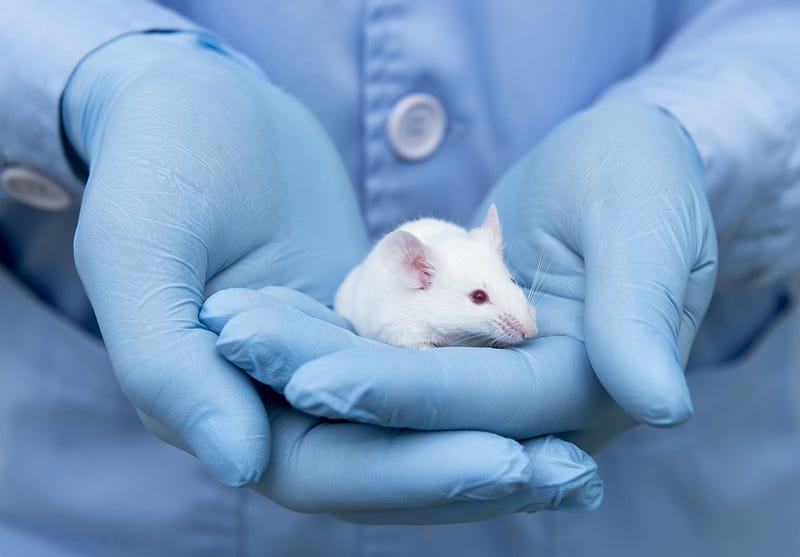A Walk on the Wildling Side
By Theodore Fisher, Behavioral Neuroscience, 2020

This past August, researchers from the National Institute of Health published a study in Science aimed at improving translational immunology. Their findings demonstrate a crucial variable leading rodent laboratory research astray, which may bear responsibility for several failed human clinical drug trials.
In 2006, six volunteers experienced near-death inflammatory symptoms after being given a drug, Theralizumab. This drug aimed to stimulate T cells, which are responsible for recognizing and responding to immune challenges in the body. It had demonstrated a possible treatment for specific types of Leukemia in mouse models, yet it failed as soon as it was administered to humans. Both humans and mice had similar health conditions and share mostly parallel immune systems, making them good translational models. Nevertheless, this and other immunological studies have proven useless or dangerous in clinical trials. So how might these oversights happen?
[This drug] had demonstrated a possible treatment for specific types of Leukemia in mouse models, yet it failed as soon as it was administered to humans.
Let’s take a step back. We as humans are hosts to an entire ecosystem of microbiota, or microscopic organisms that we have evolved to share symbiotic relationships with. In fact, our body provides nutrients and shelter to over 10 trillion microbial cells. Symbiotically, they aide us in digestion, metabolism, vitamin production, behavior, and especially the support of our immune system. Around the time we are born, we acquire these microorganisms such as bacteria, archaea, and fungi altogether known as flora. They come from everywhere; the food we eat, the air we breathe, and largely from our mothers. It can be said that as a whole, our microbiome is at the will of our environment.
The microbiome is currently in the research spotlight, given its implications in many functions essential to life itself. Many recent studies have uncovered striking data suggesting its role in priming and preserving the immune system to sufficiently respond to challenges. Our immune systems are composed of many different cell types and subtypes, all of which must maintain an intricate landscape of gene expression. This so-called “landscape” serves to provide a fine balance of reactivity to what is meant to be in our bodies versus what is not.
This so-called immune “landscape” serves to provide a fine balance of reactivity to what is meant to be in our bodies versus what is not.
Even in a mouse, both the symbiosis of our microbiome and complexity of our immune system represent just how complicated it is to study animal systems. Further, many challenges are posed when we must translate rodent research to human treatment. This study sets out to explain how the developmental environment may be to blame.
Laboratory mice are born in a sterile, nearly germ-free environment. This is drastically different to wild-mice, who run freely in fields or sewage and acquire any flora they encounter. Because humans are also at the will of our natural environment, we too are exposed to a large amount of flora daily. Imagine the differences seen between city-goers and farmers or a pregnant mother on antibiotics. To investigate this variability, scientists used humane traps and peanut butter to catch dozens of wild mice from horse stables in Virginia. They then created a maternal transfer model in which laboratory-bred embryos were transplanted into wild female mice. Coined “wildlings,” these mice represent an intermediate model in between the lab and wild mice. The scientists then sequenced the microbiomes and immune cells residing in the gut, skin, and vagina, all considered to be high exposure areas. The differences were drastic. Not only were the colonies of bacteria, viruses, fungi, protozoa different, but the landscape or gene expression seen amongst immune cell populations had been completely reshaped by the environment.
Laboratory mice are born in a sterile, nearly germ-free environment. This is drastically different to wild-mice, who run freely in fields or sewage and acquire any flora they encounter.
Laboratory and wildling mice, each with drastically different immune landscapes, were treated with Theralizumab. As previously reported, the laboratory mice remained healthy, but the wildlings responded with similar inflammatory responses to the human volunteers. Although there is no true mechanistic explanation for this response, it can be said with certainty that the environment played a large role and may be at the center of these translational differences.
Rosshart et al. provides an eye-opening explanation for the root of a massive problem in translational immunology. But, they also provide a possible answer. This study shows the utility of a “wildling” model in that it is able to more closely represent human immune landscapes, but can also be kept in a laboratory setting. It is the hope of these scientists and many others that the environment will be considered in immunology, possibly saving more lives in the future.
DOI: 10.1056/NEJMoa063842
